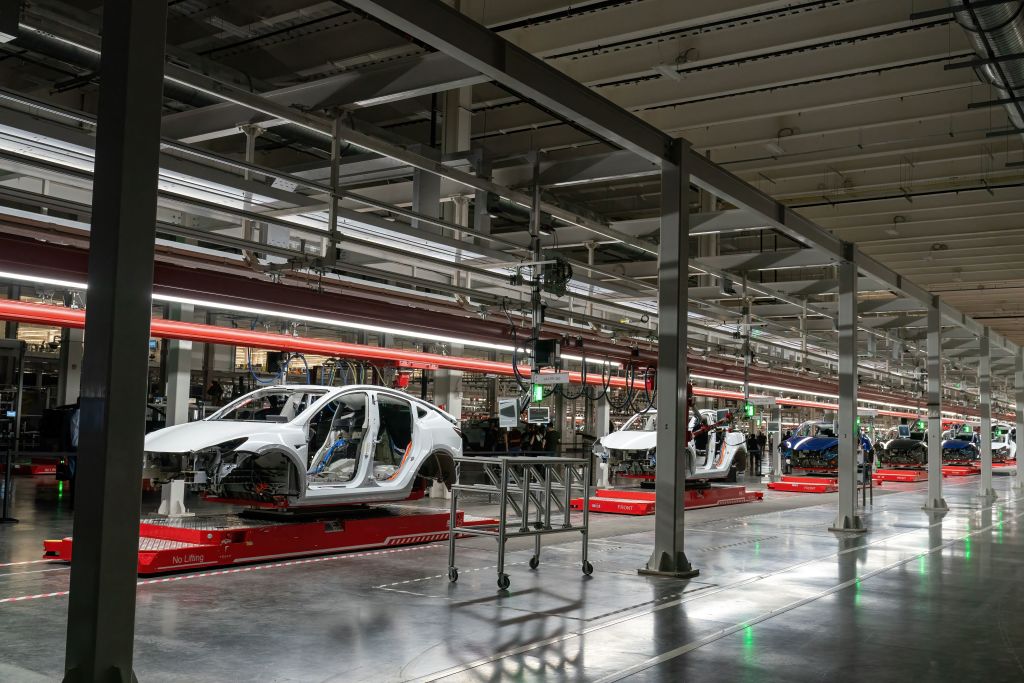

The narrative surrounding the state of U.S. manufacturing has become increasingly complex, with differing perspectives emerging from various economists and commentators. Recently, Rebecca Patterson argued in the New York Times that the golden age of manufacturing is over, suggesting a decline in the sector's significance [a43765ca]. In contrast, Kevin D. Williamson counters this viewpoint, asserting that current manufacturing output is at a record level, with U.S. firms exporting over $1.6 trillion in goods in 2023. He highlights that while manufacturing employment has decreased from 15% in the 1950s to 10% today, this trend is indicative of increased efficiency rather than decline [a43765ca].
Williamson emphasizes that jobs should be viewed as a means to an end, not the ultimate goal. He argues that higher productivity leads to increased wages and profits, challenging the belief that manufacturing jobs are inherently tied to low wages. In fact, he points out that high-wage economies like the U.S. and Japan are leaders in manufacturing, debunking the notion that lower wages drive manufacturing growth [a43765ca].
The recent surge in U.S. manufacturing construction spending, reaching its highest levels since 2002, further complicates the narrative. This increase has been largely fueled by the Inflation Reduction Act, which has spurred new construction projects across various states, including Tennessee, Massachusetts, Alabama, Mississippi, and the Carolinas [9306242a].
However, the contrasting realities of growth in some regions and decline in traditional manufacturing areas, particularly in the Rust Belt, raise questions about the overall health of the sector. Jon Murphy calls for a nuanced understanding that considers both the resurgence in certain areas and the ongoing challenges faced by others [9306242a].
In light of these discussions, Williamson suggests that adapting to economic changes is essential for future growth, noting that U.S. GDP per capita is significantly higher than that of Germany and the EU [a43765ca]. As the U.S. manufacturing sector continues to evolve, it remains crucial to navigate the complexities of employment, productivity, and economic policy to foster a sustainable future [9306242a].